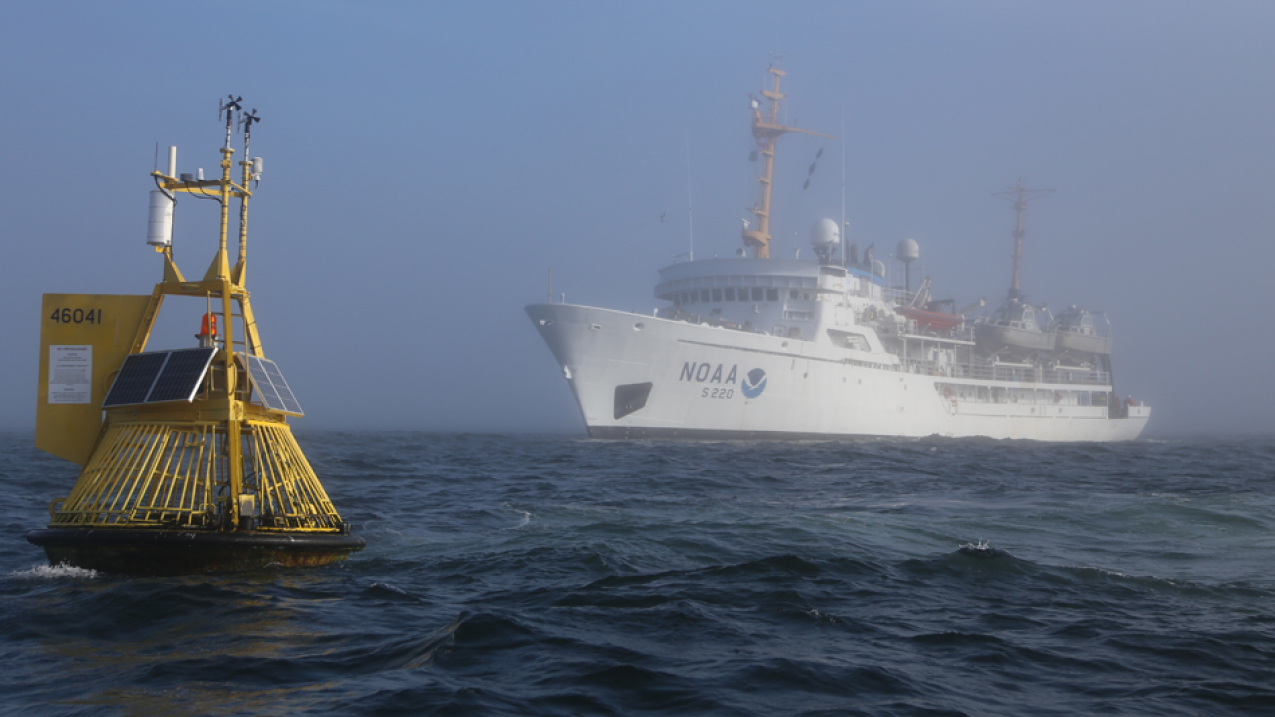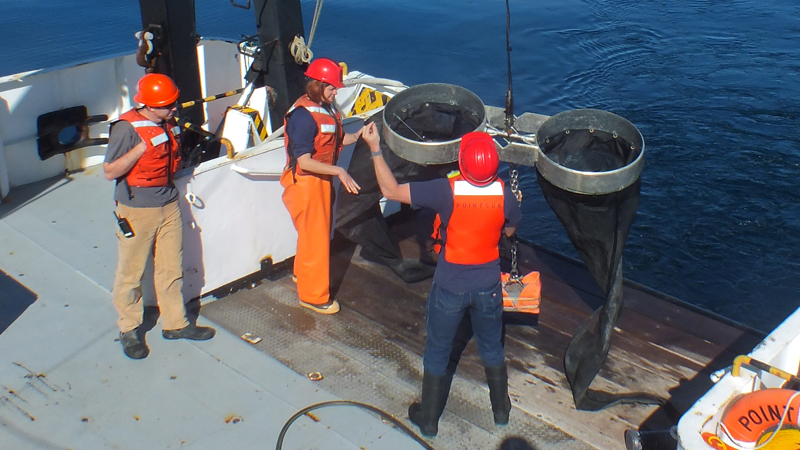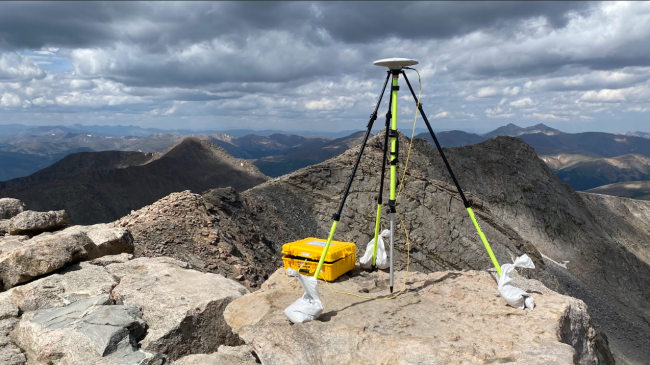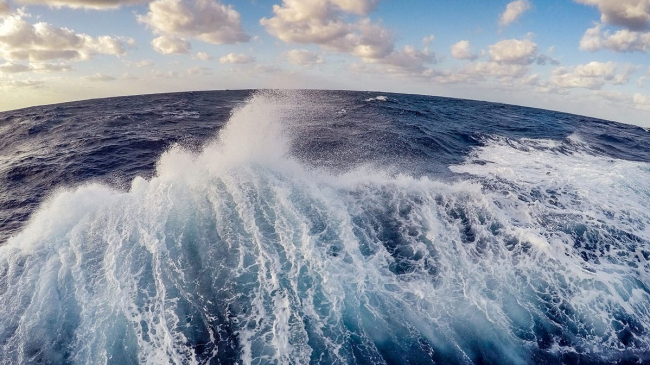Tomorrow, NOAA scientists will steam out of San Diego harbor to lead the most extensive effort to understand changing ocean chemistry on the West Coast and its impact on economically and culturally important fish and shellfish.

Buoys such as this one off the coast of Washington state collect important information about ocean acidification. In the background is the NOAA Ship Fairweather, which is not participating in the cruise, but did so in the past. The 2016 mission will be conducted by scientists aboard the NOAA Ship Ronald H. Brown. (Image credit: NOAA/Gavin Chensue)
Ocean acidification, a global process in which the ocean absorbs carbon dioxide from the atmosphere, is occurring faster than at any time in the past 50 million years. The global rise in ocean acidity, fueled by human-created greenhouse gases, is already affecting West Coast oyster hatcheries and the ability of tiny sea snails — an important food for salmon and herring — to build and maintain their shells.

“The acidity of West Coast water is anticipated to continue to accelerate in lockstep with rising atmospheric carbon dioxide emissions,” said Richard Feely, one of the lead scientists from NOAA’s Pacific Marine Environmental Lab.


During the monthlong cruise aboard NOAA Ship Ronald H. Brown, some 36 scientists from the United States, Mexico, Canada and Europe will collect ocean data to measure acidity, temperature, oxygen and chlorophyll from 16 locations stretching from Mexico to Canada. They will also deploy tow nets to sample sea snails and other ocean plants and animals to analyze how they are being affected by acidifying waters.
Scientists from NOAA’s Northwest Fisheries Science Center and the Romberg Tiburon Center at San Francisco State University will study how ocean acidification contributes to harmful algal blooms, such as the expansive 2015 event that shut down the West Coast’s lucrative razor clam, Dungeness crab and rock crab fisheries. Some of the other ocean factors scientists will measure include changes in water temperature, salinity and nutrients.
NOAA’s Office of National Marine Sanctuaries and the Department of the Interior’s National Park Service will also collect water samples from deep ocean areas and nearshore coastal waters to compare acidity levels and effects in the two environments.
More: Follow along with our scientists on the mission blog and learn more about Simone Alin, one of the NOAA oceanographers leading the research cruise, and how she came to study one of the most serious threats to the ocean’s health, biodiversity and our food security. Learn more about a new report and action plan to address ocean acidification and hypoxia on the West Coast.



